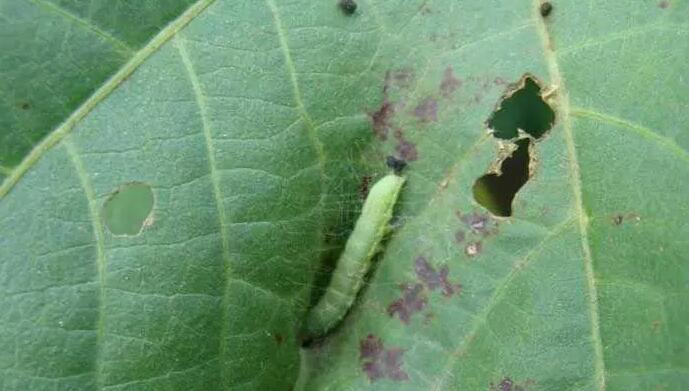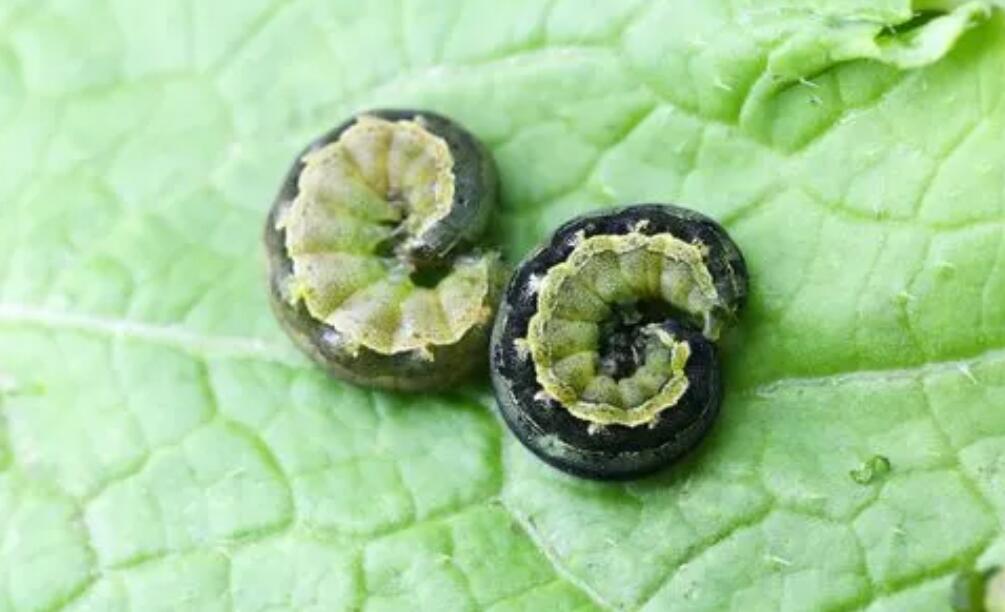Beet moth control requires a variety of strategies to mitigate its impact on crops.
Cultural control: This involves practices such as crop rotation and intercropping to disrupt the life cycle of the pest and reduce the increase in its population. Sowing earlier or harvesting later can also minimize crop vulnerability.
Biological Control: Encouraging the fall armyworm’s natural enemies, such as certain predators and parasites, can help control its populations. This includes releasing beneficial insects such as Trichogramma or using microbial agents such as Bacillus thuringiensis (Bt) to specifically target larvae.
Chemical control: Pesticides can be used when populations exceed economic thresholds or when other methods are ineffective. However, careful consideration of environmental impacts and resistance management is crucial. Selective insecticides targeting fall armyworm while minimizing damage to beneficial insects should be prioritized.
Monitoring and early detection: Scout fields regularly for signs of FAW infection, such as leaf damage or the presence of larvae, to allow timely intervention. Pheromone traps and pheromone baits can help monitor adult populations and predict outbreaks.
Integrated Pest Management (IPM): Combining multiple control strategies into an integrated pest management approach provides a comprehensive and sustainable strategy for managing fall armyworm. This approach maximizes effectiveness while minimizing environmental impact and reliance on chemical pesticides.
By using a combination of these control measures tailored to specific environmental and agricultural settings, farmers can effectively control fall armyworm infestations and protect crops from significant damage.
Post time: Apr-22-2024



